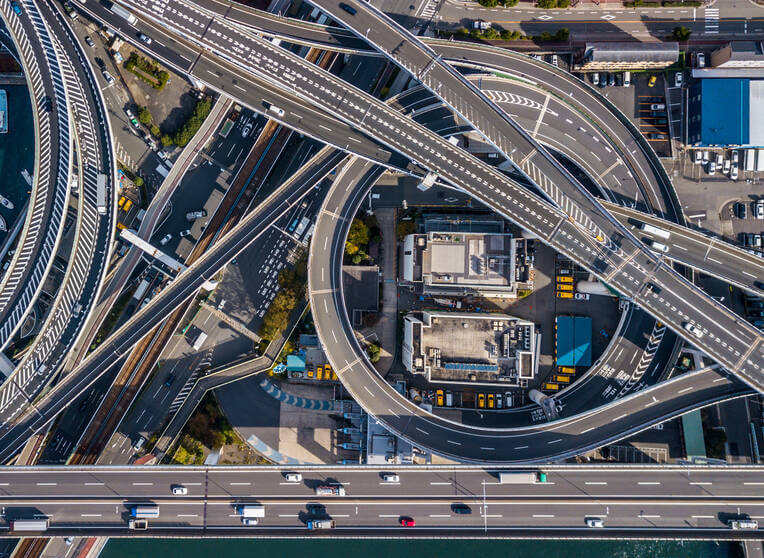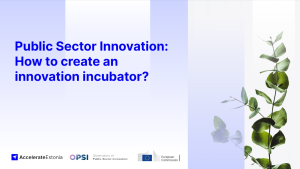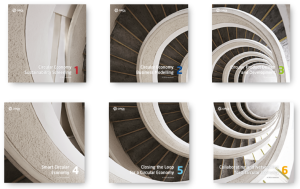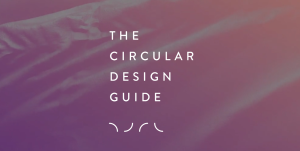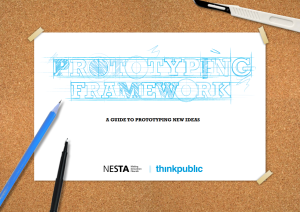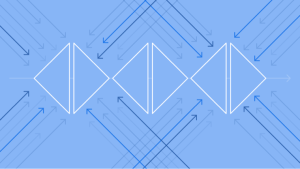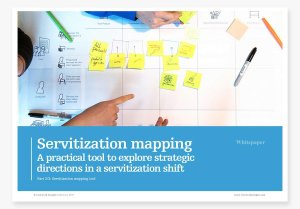Product design focuses on creating tangible interaction points, such as a physical object or an app, that solves a functional problem or addresses a user need. It covers all the traditional fields of design; from fashion, to furniture, industrial machinery, electronics and also digital products like apps, websites, and online services.
By Brian Frandsen, Danish Design Centre
Even though most talk about design today is about services, strategies and experiences, the role of product design is still worth exploring. While design practices have diversified, many of the techniques and language of product design (the adoption curve, prototyping, etc.) have been incorporated into the broad practice of innovation. When innovating within the public sector, you will find products representing the touch points and interaction with citizens within any service or strategy.
From the beginning of civilization, humans have been designing products. From the stone tools of our ancestors to the most advanced servers, space rockets, cars and digital infrastructure of today, the core principles and approaches from product design have been applied. The tools and methods of designing products are well described, which to no surprise means that most of our methodology, thinking and theory within the fields of service- and strategic design derives from the field of product design. The aim and intention is the same, whether you are designing a wheel, a windmill or a service of paying taxes – it is all about solving a problem with the most functional, viable, pleasurable and meaningful solutions for those people who are affected by the problem.
Basic principles
A product can be considered an entity that has some kind of a physical representation. This can be in the form of matter, sound or visuals. That means, that an app will be considered as much of a product as a chair and the importance of considering the usability, the comfort, the aesthetics and accessibility is important, even when designing products into a service or experience. Most product designers will aim at finding a balance between functionality and aesthetics. By this work on the overall viability of a product, being it part of the service of reading a good book (the chair) or part of the service of making tax-returns easier and more pleasant to do (the app).
Some of the basic principles a product designer applies are:
- Using design anthropological methods to uncover the contexts, needs and desires that the product needs to fit within.
- Sketching and ideating on functionality, aesthetics and usability either one by one, as a whole or together with users and other stakeholders. Usually the role of the product designer is to connect considerations of these different elements of a product to a set of coherent and viable ideas or concepts, that can be prototyped, tested and evaluated in different user contexts.
- A big part of the development phase in product design happens through models. In design thinking, service design and strategic design modelling is called prototyping. When designing products you plan a long series of different models (or prototypes) to test different elements of the same idea. It could be testing functionality, visual form, durability, materials, liability, sale-ability etc. Each model serves a specific purpose, and the further the product designer is in the development of the product, the more elaborate and detailed these models become. The original meaning of the term prototype (that has been adopted by all other fields of design with a slightly different meaning) is the very last model you make just before the product goes into production or onto the market.
- Because of the need of making models, most product designers have special knowledge and experience with handcraft of building that specific kind of product they are designing. Whether it being carpentry for furniture designers or coding for app designers. Design and handcraft usually go hand in hand.
State of the practice
In modern understanding of the field of design, product design plays a smaller role compared to what it used to. Many would consider this to be a natural development caused by the digitalization of our societies, but it might be a wrong way of interpreting the development of design. Service design and strategic design is not replacing the practices and importance of product design – rather, the methodology and tools of one professional field expand into other subject matters. The connection between product design, service design and system design is more like a babushka doll, with product design being the doll in the centre rather than separate disciplines.
From this perspective, the development and professional competences related to product design, form giving, functionality and exploration of physical and sensorial manifestations are still important.
Considerations for use in the public sector
You might not think that product design is very relevant in the public sector, since it is often focused on providing better services for citizens and making better internal systems of operation. But if you consider the fact that within any service or system you will find numerous touchpoints, that connects the service with the user, and these touchpoints usually happen on, with or through a product or an interaction with a product (physical or digital). All of these products have been designed or need to be designed or redesigned in order to fit the overall purpose of the service or system.
Considering a practice such as prototyping, which is prevalent in product design, this is very useful in the field of public innovation – not just for products but also for the services and systems mentioned above. A prototype does not need to be presented in a specific shape or format – it can be anything from a service journey to a LEGO brick model. As long as it shows the main features of your idea in a way that can be understood by people outside the development process. Therefore, please do not get scared off by the fact that prototyping is a whole practice in itself – the most important function of a prototype is that it should be a conversation starter. A tangible element that you can use to test assumptions and functionalities with the users. But also to highlight which areas of the organisation or system you need to work on in order to go from prototype to a real change in the organisation. This is where product design bridges into strategic and organisational design.
As a mind experiment, the next time you are in contact with the public sector in some way, try to map out how many products (entities, that have a physical or visual representation) that you engage with and you will be surprised by how many different objects we use in even the simplest of services.
Typical methods and tools
Since product design is the founder of all the other design disciplines, a wide range of different tools can be defined as product design tools. Therefore, the tools chosen here are the ones related to sketching and prototyping.
And for this, some of the most commonly used methods and tools include:
- Sketching tools
- 3D CAD software
- Product analysis
- Prototyping
- Wireframe building and mapping
What to consider when choosing a product design toolkit
It is relevant to note, that when working with design tools and methodologies they do not dictate “the right” way of doing design. Design is more a praxis that you learn over time, but tools can help and guide you to apply the right mindset, approach and ask the right question at the right time. Furthermore, tools and methodologies can help teams align their creative processes and work in unison towards a given goal of innovation. This is explained in further detail in the article on Facilitation & Co-design.
Finding the right tools and toolkits for a specific challenge can be an art in itself. You will experience, when becoming more familiar with the field of design, that you will get the best results out of your processes, when you combine and adapt existing tools and develop specific tools for the challenge at hand to fill in the gaps. You always have to be aware of the context when applying a design tool – and this goes as much for a service design as a product design tool.
Browse through some of the tools:
- Prototyping framework – A guide to prototyping new ideas
- Circular toolkit guide
- The Service Sandbox
- Validation Guide
And view all toolkits for product design here
Would you like some help?
How well-versed are you with applying these tools and methods? Do you have experience with applying these approaches in practise? If not, then the language and complexity of the working methods can be daunting. Find help and connect to a someone who has practical experience in addressing public sector challenges. But be aware so that you do not get sucked into applying their favourite method instead of leading with your unique problem or situation.
Learn about building skills and capacity
Find OPSI network members who are working with product design
Reach out to OPSI for guidance with product design
Request a webinar on this topic – top-requested topics will be prioritised

